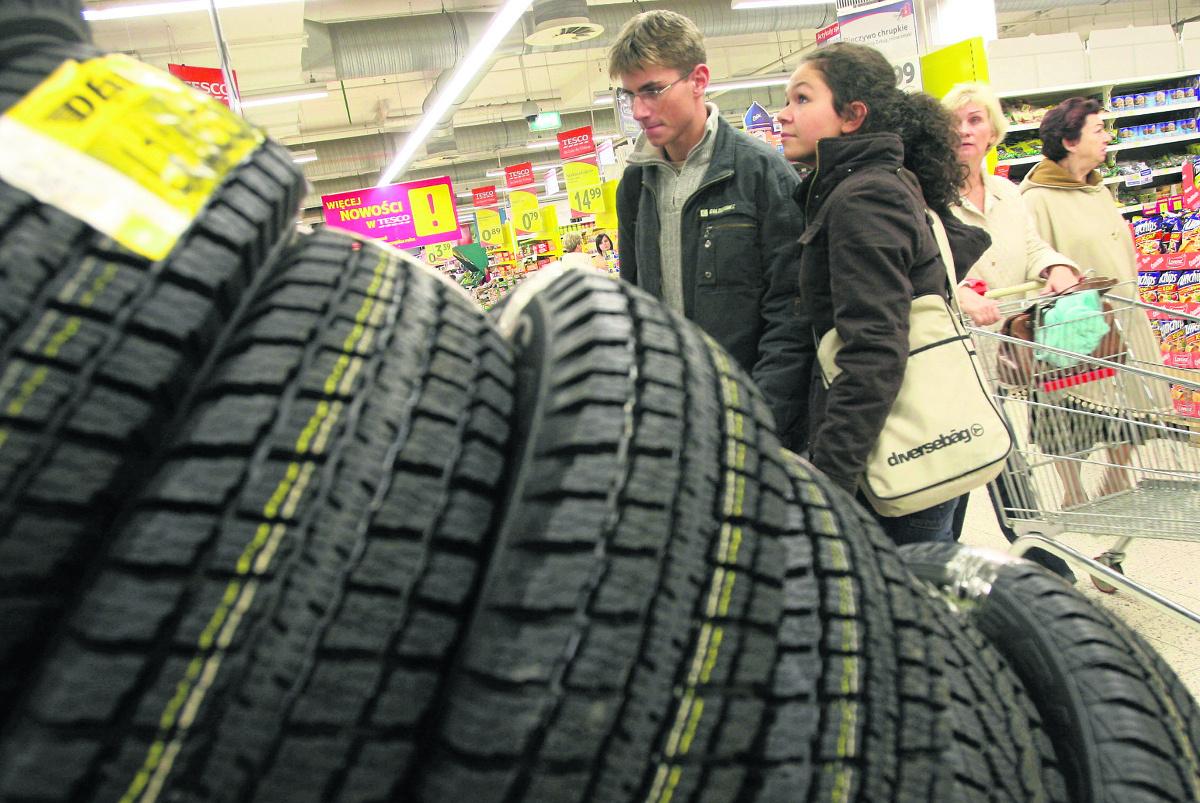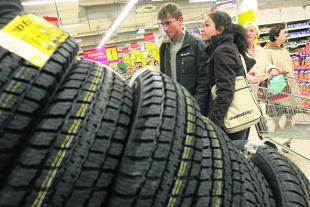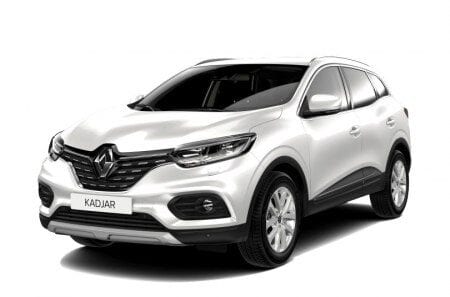
Cheap doesn't mean bad
 Sometimes cheap products have low wear resistance and properties that do not meet our expectations. But cheap isn't always bad, and tires are a good example of that.
Sometimes cheap products have low wear resistance and properties that do not meet our expectations. But cheap isn't always bad, and tires are a good example of that.
Car tires are divided into three main segments: premium, medium and budget. The differences between them arise  their purpose, tasks set by car manufacturers, and applied technological solutions.
their purpose, tasks set by car manufacturers, and applied technological solutions.
“Premium cars are high performance and require the highest quality tires. This is due to the need for efficient power transfer, effective braking at high speeds and sufficient grip on straights and corners, says Jan Fronczak, Motointegrator.pl expert. - In cars of a lower class and urban compact vans, this bar is not so high. We usually drive these cars at low speeds in urban areas, and to a large extent we do not have to be so strict about the choice of winter tires, adds Jan Fronczak.
This is of course not the same as using unsuitable products that do not provide optimal driving safety. Among the tires of the budget segment, you can successfully choose those that have a very good value for money. This is due to the fact that these tires often use top quality treads, which were used a few years ago in the premium segment. An example of this is the very popular Dębica Frigo 2 tire, which uses the Goodyear Ultragrip 5 tread.
Some drivers are looking for an opportunity to save money by choosing all-season tires. Here, however, the adage that "if something is good for everything, then it is good for nothing" works perfectly. Winter tires have a specially designed tread and are made from compounds that can withstand low winter temperatures. Therefore, budget tires will certainly handle harsh winter weather much better, providing better traction and therefore safer driving. The same applies to premium tires that have been in stock for over seven years. Rubber in such tires loses its properties, presses, so the tires cannot be used at all.
Regardless of which tires we choose, we must keep in mind their technical condition. However, it is not easy to evaluate it on your own, and the tread depth criterion is not the only and sufficient one. The still popular retread tires, while appearing new, may have technical defects such as structural damage.
Expert opinion - David Schensny - Maintenance Specialist:
If the temperature does not exceed 7 degrees C, you can successfully install winter tires. In such conditions, they behave well on the road and do not wear out as quickly as at higher temperatures. The best way to choose tires for your car is the number of kilometers driven during the winter. The driver who rarely uses the car and avoids driving during heavy snow can successfully buy cheaper tires in the so-called middle shelves, which are often not much worse than the most expensive ones.
An interesting alternative for drivers who cannot afford expensive tires are used tires. Used tires can be purchased not only at checkpoints, but also at vulcanizing plants and at the car market. The price depends primarily on the degree of wear, but the tread height is not everything. When buying used tires, I advise you to check the date of their production. If they are more than 5-6 years old, there is a risk that the mixture has lost some of its properties.
